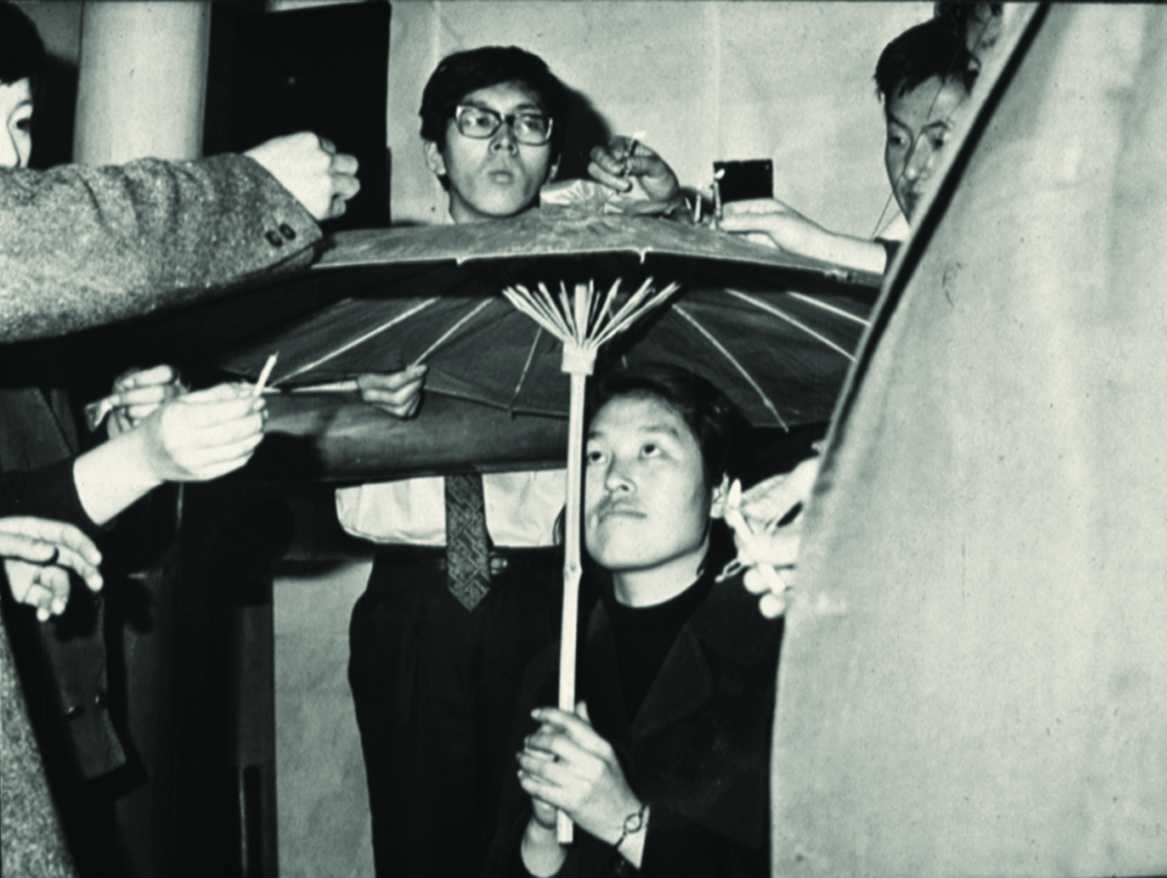
Organised by Mori Art Museum, Para Site, The curatorial initiative A Future Museum for China, and curated by Cosmin Costinas, Doryun Chong, and Lesley Ma, “MAM Research 001: Great Crescent, Art and Agitation in the 1960s – Japan, South Korea, Taiwan,” is a reconfiguration of an exhibition held in Fall 2013 at Para Site. This is the first exhibition in a new series at the Mori, MAM Research, that examines the multilayered social, political and economic backgrounds that have given rise to Asian contemporary art and seek to shed light on their historical contexts, while focusing on individual artists, curators, art movements and art institutions throughout Asia.
In recent years, there have been moves not only to enrich art history by focusing beyond those countries in the West that led the way in the 20th century but also to trace the multi-tiered development of modernism in countries outside the Western bloc. The title of this exhibition derives from the term used to describe the crescent-shaped region stretching from Japan through Southeast Asia to the Persian Gulf as part of America’ s post war policy towards Asia. From the Meiji period until the end of WWII, Japan ruled the Korean peninsula and Taiwan. While they started to take different paths on their own in the 1960s, this exhibition is an attempt to verify from a comparative perspective on the anti-establishment and anti-art activities that unfolded as the artists in these regions explored their own avenues of expression, not along the modernism that was introduced from the West.
Featured artists:
Chang Chao-Tang, H.T. Chen, Choi Boong-hyun, Chuang Ling, Kim Gulim, Hi Red Center, Hsu Boyun, Huang Huacheng, Jeong Gang-ja, Kang Guk-jin, Ku Chong-kuang, Li Tai-hsiang, Ling Ming-sheng, Wai-lim Yip, Yoko Ono, Zero Dimension
Floor Intervention by Leung Chi Wo
In Cooperation with: Korean Art Research Institute (KARI), KuroDalaiJee (Researcher, Post-war avant-garde art in Japan)


